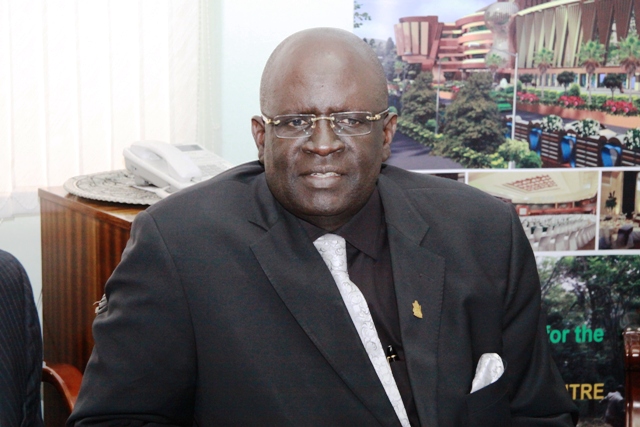For any university that stands out, the rule is clear: everyone must have access to quality higher education and a university that strives to transform itself positively, all that is needed is to invest in practical databases, be committed to the collective and individual success, motivation in research and search for new ideas and concepts, as well as giving back to the university with results in the classroom.
1) Make use of the databases
Critics of efforts to improve assessment in higher education see data collection as a threat to student privacy. But privacy can be easily protected by anonymity and data aggregation, with improvement efforts focused on institutional performance, as opposed to individual. Large-scale organizations in virtually all sectors have been transformed by using the data with which they have managed to improve their performance and quality.
2) Unite the commitment to professional success
One idea to improve universities is to invest more resources and develop better strategies to reward initiatives for commitment to professional success. It is essential to think about improving not only the social impact, but also the work environment and the quality of academic life.
3) Experimenting with ideas and concepts
The first years of a university course should be the academic equivalent of an out-of-the-box ideas lab: a place to experiment with concepts without fear of failure. Flexibility must be first in the structure, with goals, standards and indicators. After all, learning from mistakes is as valuable as getting it right.
4) Diversity
Reducing budgets and technological changes has created great uncertainty about the future of universities. It is necessary to reach new audiences to increase the impact of work in higher education. It is necessary to help broader audiences to get involved with research and studies that are relevant. The big change that is now being advocated is that diversity is placed at the center of communication and research practice to build a stronger future for a greater diversity of people who want to build careers around knowledge production.
5) Bridging the gender gap
The world we live in is changing rapidly, as new technologies, forms of interaction, access to knowledge and network dynamics come into play. This reality requires that our education teams have answers, be flexible and able to consider many different points of view. But the enormous under-representation of women, as well as other groups, prevents essential adaptations from happening at the necessary speed.
Higher education institutes are a curious combination of pioneering and traditional practices. In terms of research, universities are obviously at the forefront. But when it comes to institutional culture, they are often conservative and prone to traditional images of power.














